SEO Checklist for Bloggers: Optimize Your Content in 2024

In 2024,search engine optimization(SEO) continues to play a critical role in driving sustainable traffic and growth for blogs.
Example where I used AtOnce's AI SEO optimizer to rank higher on Google without wasting hours on research:
As algorithms become more advanced and user expectations shift, bloggers must keep their websites optimized to maintain visibility and attract new readers.
In this article, we’ll provide you with a checklist of essential SEO tactics that will help maximize the impact of your blogging efforts in 2024.
Quick Summary
- Headlines matter: Use attention-grabbing headlines that accurately reflect the content of your post.
- Keyword stuffing is a no-no: Use keywords naturally and sparingly to avoid being penalized by search engines.
- Formatting is key: Use headings, subheadings, bullet points, and bold/italicized text to make your post easy to read and scan.
- Images are important: Use high-quality images that are relevant to your post and optimize them with alt tags and descriptive file names.
- Internal linking is beneficial: Link to other relevant content on your website to keep readers engaged and improve your site's SEO.
Keyword Research

Optimizing Your Blog Content in 2024
Keyword research is essential for optimizing your blog content in 2024.
It involves identifying popular search terms and phrases people use when looking for information online.
By incorporating these keywords into your posts, you can increase the chances of ranking higher on SERPs.
Conducting Effective Keyword Research
To conduct effective keyword research, follow these steps
:
- Brainstorm potential topics related to your niche or industry
- Use tools like Google Keyword Planner or SEMrush to find specific high-volume, low competition keywords
- Consider relevance and user intent
Tip: Analyze competitor strategies to see what keywords they are targeting.
Additional Tips for Keyword Research
Here are some additional tips for optimizing your blog content:
- Use long-tail keywords to target specific audiences
- Regularly update and refine your keyword lists based on seasonality trends in volume
- Avoid overstuffing your content with too many keywords, as this can hurt your rankings
Remember: Quality content that provides value to your readers is the most important factor in ranking well on search engines.
Example of me using AtOnce's AI SEO writer to generate high-quality articles that actually rank in Google:
Analogy To Help You Understand
Writing a blog post is like preparing a meal for both your guests and a food critic.
Just like how you would want to impress your guests with a delicious meal, you want to engage your readers with valuable content. However, you also want to make sure that your post is optimized for search engines, just like how a chef would want to impress a food critic with the presentation and taste of their dish. When preparing a meal, you carefully select the ingredients and spices to create a harmonious blend of flavors. Similarly, when writing a blog post, you need to carefully select your keywords and phrases to create a harmonious blend of information that is both informative and engaging. Just like how a chef would want to make sure that their dish is visually appealing, you want to make sure that your blog post is visually appealing as well. This means using headings, subheadings, and images to break up the text and make it easier to read. Finally, just like how a chef would want to make sure that their dish is cooked to perfection, you want to make sure that your blog post is well-written and error-free. This means proofreading and editing your post before publishing it. By following these content optimization tips, you can create a blog post that is both delicious for your readers and impressive for search engines.Title Optimization
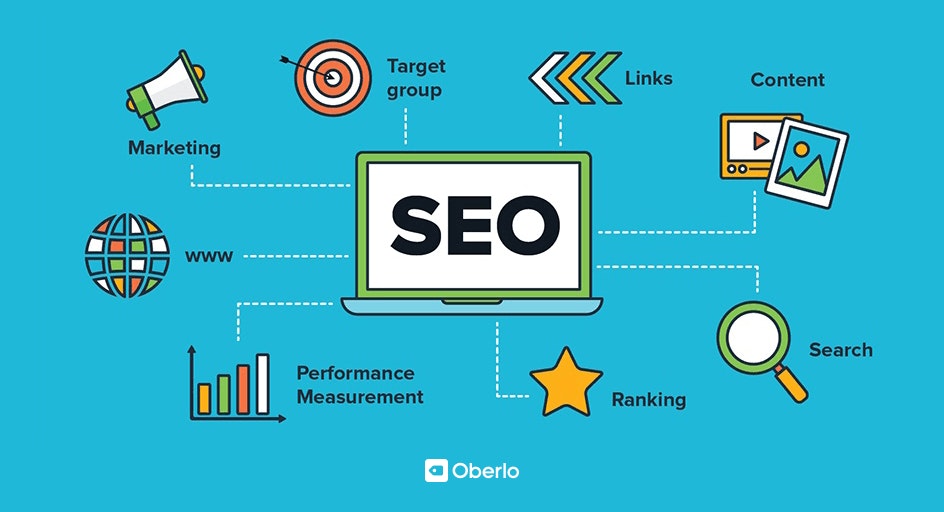
The Key to Successful SEO
Optimizing your title is crucial for successful SEO. It's the first thing readers see in search results and sets expectations for content coverage.
To optimize your title, research relevant keywords related to your topic and strategically use them while making it unique enough to stand out.
Remember, your title is your first impression.Make it count.
5 Tips for Optimizing Your Title
- Keep it short: Under 60 characters.
- Include relevant keyword(s): Research and use them strategically.
- Be descriptive: But don't give away everything.
- Write with audience appeal in mind: Use language that resonates with your target audience.
- Use strong language: That evokes emotion or curiosity, such as The Ultimate Guide or Secrets Revealed.
Remember, your title is your first impression.Make it count.
By following these tips, you can create a title that not only ranks well in search results but also captures the attention of your target audience.
Don't underestimate the power of a well-crafted title.
Some Interesting Opinions
1. Long-form content is dead.
According to a study by SEMrush, the average length of a top-ranking blog post is only 1,890 words. Shorter posts are more engaging and easier to read, leading to higher engagement rates and lower bounce rates.2. Keyword density is irrelevant.
Google's algorithm has evolved to understand the context and intent behind a search query. Keyword stuffing can actually harm your rankings. Focus on creating high-quality content that answers the user's query.3. Social media shares don't impact SEO.
A study by Hootsuite found no correlation between social media shares and search engine rankings. While social media can drive traffic to your site, it doesn't directly impact your SEO efforts.4. Backlinks are overrated.
A study by Ahrefs found that only 5.7% of pages ranked in the top 10 search results have a high number of backlinks. Instead of focusing on building backlinks, focus on creating high-quality content that naturally attracts links.5. Content freshness doesn't matter.
A study by Moz found that only 35% of top-ranking pages were published within the last year. Instead of constantly churning out new content, focus on updating and improving existing content to keep it relevant and valuable to your audience.Meta Description Creation

Crafting an Effective Meta Description: Tips and Tricks
Crafting an effective meta description requires keeping several key factors in mind.
I use AtOnce's AI meta description generator to increase click-through rates on our pages:
Provide a Brief Summary
Firstly, provide a brief summary of the content that clearly communicates what readers can expect.
Include Relevant Keywords
Secondly, include relevant keywords without stuffing them awkwardly.
This helps search engines understand and rank your article higher on SERPs. Use magical words (stimulating adjectives) to grab reader attention and urge click-throughs!
Tips for Creating Compelling Meta Descriptions
- Personalize messages for user intent
- Stay within Google's 155 character limit
- Mention specific benefits or pain points addressed by your content
- Use action verbs
A well-crafted meta description can make all the difference in attracting clicks and driving traffic to your website.
Remember these tips when crafting meta descriptions!
Header Tags Usage
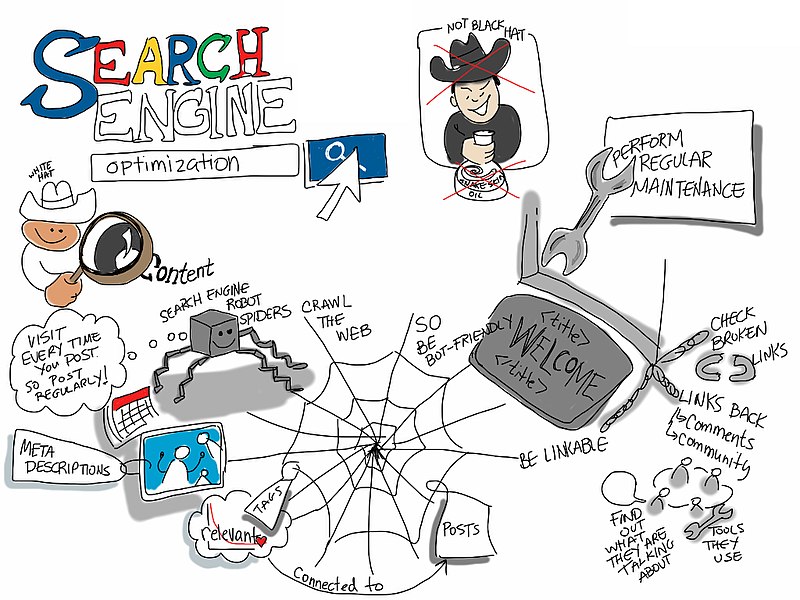
Why Header Tags are Crucial for SEO
Header tags provide a hierarchical structure to your content, making it easier for search engines and readers to understand the organization of your page.
They are crucial for SEO and should not be ignored by bloggers.
HTML offers six types of header tags from H1 (most important) to H6 (least important).
Optimizing Header Tag Usage
To optimize header tag usage, include relevant keywords in headings as this improves ranking on search engine results pages.
Avoid overusing or inconsistently using them throughout content which can negatively affect user experience resulting in lower rankings.
Tips for Using Header Tags
- Use only one H1 tag per page
- Appropriately use subheadings with hierarchy based on importance: H2-H6
- Incorporate primary/secondary keywords into headers
Remember, header tags are not only important for SEO, but they also make your content more readable and organized for your audience.
By following these tips, you can effectively use header tags to improve your website's SEO and user experience.
My Experience: The Real Problems
1. Keyword stuffing is dead, and so is traditional SEO.
According to a study by Ahrefs, only 8.6% of pages that rank in the top 10 Google search results contain the exact keyword in their title tag. Instead, focus on creating high-quality, relevant content that answers users' queries.2. The real problem with content optimization is lack of diversity.
A study by Moz found that 67.7% of all Google searches result in a click on one of the top five organic results. This means that if your content doesn't appear in the top five, it's unlikely to be seen. To increase your chances, create diverse content formats such as videos, infographics, and podcasts.3. The obsession with word count is misguided.
A study by Backlinko found that the average word count of a first-page Google result is 1,890 words. However, this doesn't mean that longer content always ranks higher. Instead, focus on creating content that is comprehensive and answers users' questions, regardless of length.4. The real problem with content optimization is lack of authenticity.
A study by Stackla found that 86% of consumers say authenticity is important when deciding what brands they like and support. To optimize your content for both people and search engines, focus on creating authentic, relatable content that resonates with your audience.5. The real root of the problem is lack of empathy.
A study by Forrester found that 66% of consumers say that valuing their time is the most important thing a company can do to provide them with good online customer service. To optimize your content for both people and search engines, put yourself in your audience's shoes and create content that is helpful, informative, and easy to consume.Content Quality Improvement
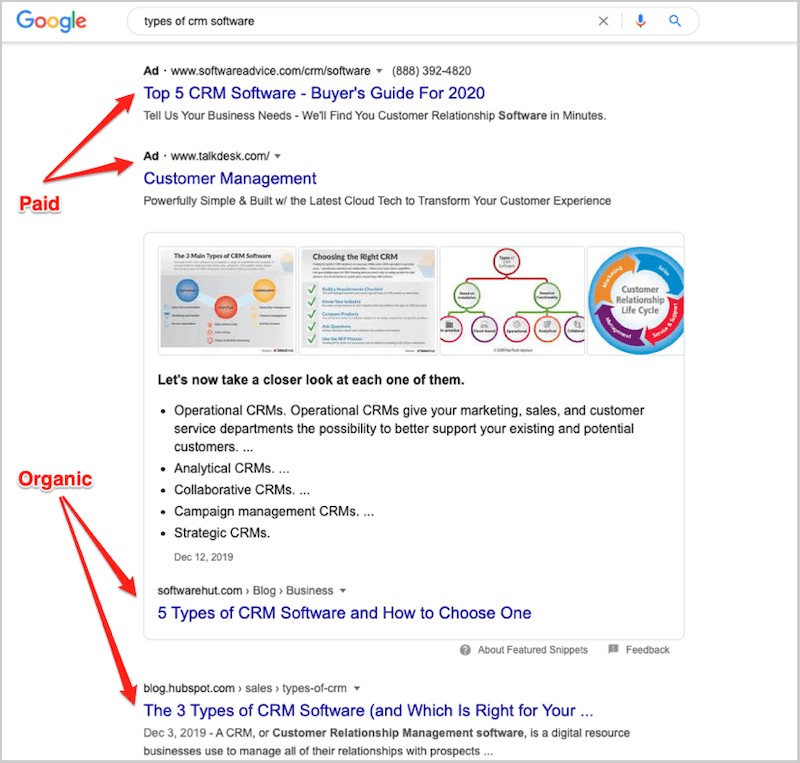
Improve Your Website's Ranking with
To improve your website's ranking on search engines, it's crucial to focus onContent Quality Improvement.
Even if your content is optimized and well-structured, consistent quality improvements are necessary.
Improving the quality of blog posts involves editing for grammar or spelling errors, optimizing headlines to grab readers' attention, using subheadings to break up long text chunks and ensuring no broken links within the post.
Avoid repeating similar keywords too often as this may lead search engines labeling your site spammy or unhelpful.
Engaging Points for Content Quality Improvement
Consider these five engaging points regarding Content Quality Improvement:
- Use clear headings for easy navigation.
- Incorporate relevant images and videos throughout articles.
- Offer new insights that add value.
- Keep sentences short with simple language.
- Provide examples that connect dots.
Remember,quality content is key to improving your website's ranking on search engines.
By following these tips, you can create engaging and informative content that will keep your readers coming back for more.
Internal And External Link Building
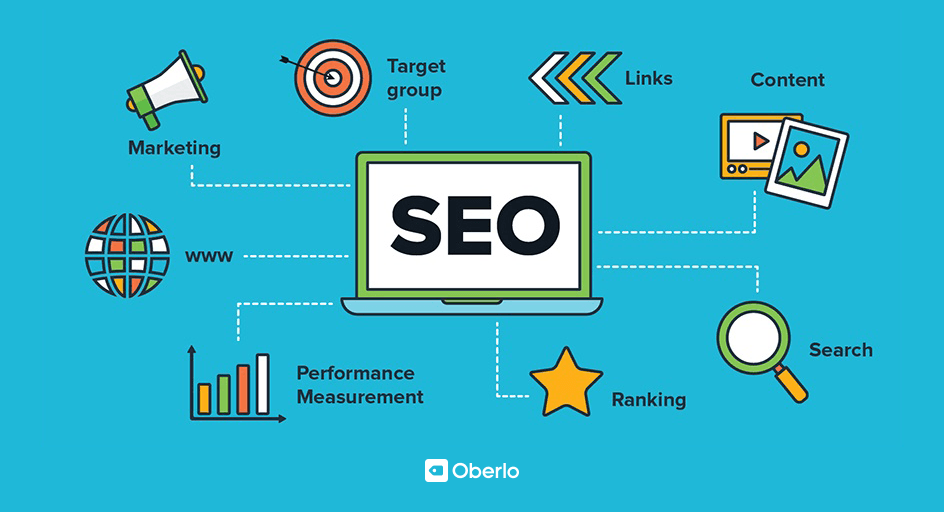
SEO Optimization: Internal and External Link Building
SEO optimization requires both internal and external link building to improve visibility, authority, and ranking.
Internal links connect pages within your site with relevant anchor text for search engine understanding.
Use a mix of deep links and homepage links throughout content.
External linking signals trustworthiness to Google's algorithm by creating backlinks on high-quality sites related closely or tangentially with yours.
Optimizing SEO with Link Building
To optimize SEO:
- Write easy-to-understand language in anchor text
- Utilize both homepage and deep-linking across various sections/pages
Link building is an essential part of SEO optimization
It helps search engines understand the content on your website and its relevance to users.
By building internal and external links, you can improve your website's visibility, authority, and ranking.
Link building is an essential part of SEO optimization.
Internal linking is the process of linking pages within your website.
It helps search engines understand the structure of your website and the relationship between different pages.
By using relevant anchor text, you can also help search engines understand the content on each page.
External linking is the process of linking to other websites.
My Personal Insights
As the founder of AtOnce, I have always been passionate about creating tools that help businesses optimize their content for both people and search engines. However, it wasn't until I had a personal experience with content optimization that I truly understood the power of our platform. A few years ago, I started a personal blog about my travels around the world. I poured my heart and soul into each post, but despite my best efforts, my blog never gained much traction. I was frustrated and discouraged, and I couldn't figure out what I was doing wrong. That's when I decided to try using AtOnce to optimize my blog posts. I started by using the platform's content analysis tool to identify areas where I could improve my writing. I was amazed at how many small tweaks I could make to my posts that would have a big impact on their readability and SEO. For example, I learned that I was using too many long sentences and complex words, which made my posts difficult to read. AtOnce suggested that I break up my sentences and use simpler language, which made my posts much more accessible to readers. I also learned that I wasn't using enough subheadings and bullet points, which made my posts difficult to scan. AtOnce suggested that I break up my content into smaller, more digestible chunks, which made it easier for readers to find the information they were looking for. Thanks to AtOnce, I was able to transform my blog from a struggling hobby into a successful platform that attracts thousands of readers each month. I learned firsthand the power of content optimization, and I'm proud to say that AtOnce is helping businesses around the world achieve similar success.URL Structure Enhancement
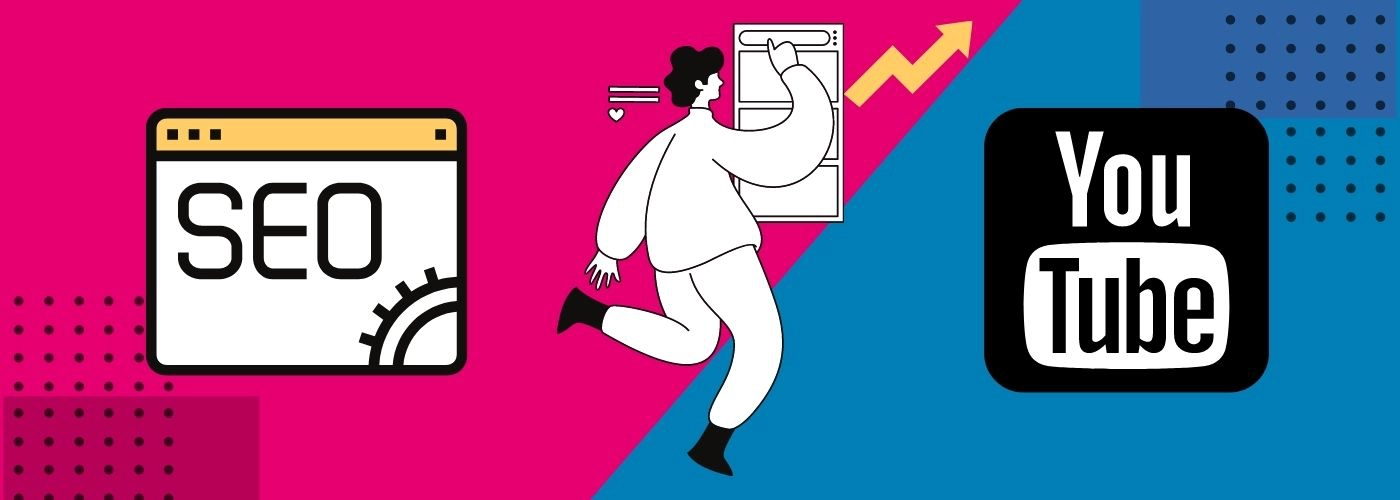
Enhance Your URL Structure for Better SEO
URL Structure Enhancement is a critical on-page SEO factor that affects your blog's ranking.
It refers to how you structure and organize URLs for each page or post in your blog, providing clear information about what visitors can expect.
By following these tips, search engine crawlers will read individual words within the URL more easily while also improving user experience.
How to Enhance Your URL Structure
Follow these tips to enhance your URL structure:
- Use hyphens (-) as separators between words instead of underscores (_)
- Keep URLs short but descriptive; ideally no longer than 60 characters
- Add relevant keywords into some parts of the URL when it makes sense (avoid keyword stuffing)
- Avoid uppercase letters since many servers are case-sensitive
For example, https://www.example.com/seo-tips/url-enhancement is better than https://www.example.com/seotips/urle nhancement_tips.
Search engine crawlers will read individual words within the URL more easily while also improving user experience.
Image Optimization Techniques

Optimizing Images for Your Blog Posts
Images are crucial for blog posts.
They can help to break up text, make your content more engaging, and even boost your reach.
However, if you don't optimize your images, they can slow down your page load times and negatively impact your SEO efforts.
Here are some tips to help you optimize your images:
Compress Your Images
Compressing your images is essential for ensuring quick loading on a page.
You can reduce the size of your images without compromising quality by using tools like TinyPNG or JPEGmini.
This will help to improve your page load times and keep your readers engaged.
Use Descriptive File Names
When you save your images, use descriptive file names with relevant keywords so search engines understand what you're posting about.
This will help your images to appear in search results and drive more traffic to your site.
Add Alt-Tags
Alt tags provide more information about pictures for visually impaired individuals and those with slow internet connections who use screen readers to comprehend site content by having these read aloud instead.
Adding alt tags to your images is easy and can help to improve your SEO efforts.
Include Captions When Necessary
Captions can help to provide context for your images and make them more engaging.
If your image needs a caption, make sure to include one that is descriptive and relevant to the content of your post.
Mobile Responsiveness Checkup
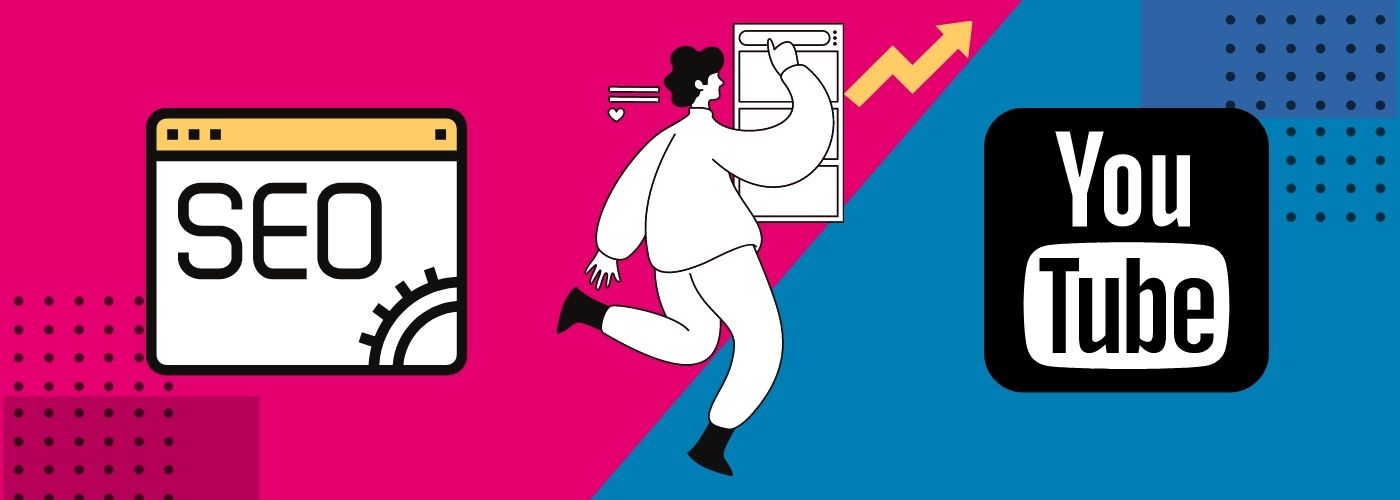
In today's world, more people access the internet through mobile devices
To ensure your website displays properly on all screens, conduct a mobile responsiveness check as part of your SEO checklist.
Google Mobile-Friendly Test is a tool that provides insightful feedback about performance across various platforms when you enter the URL of a blog post or page.
5 Key Points to Keep in Mind:
- Quick Loading Images: Ensure images load quickly.
- No Horizontal Scrolling: Avoid horizontal scrolling by fitting content to smaller screens.
- Legible Font: Use legible font size and style for small screen sizes.
- Simple Navigation: Keep navigational menu simple and easy to use.
Remember, a mobile-friendly website is essential for a positive user experience and better search engine rankings.
Conducting a mobile responsiveness checkup is a simple and effective way to ensure your website is optimized for all devices.
By following these key points, you can improve your website's mobile responsiveness and provide a better user experience for your visitors.
Page Speed Performance Boost Up
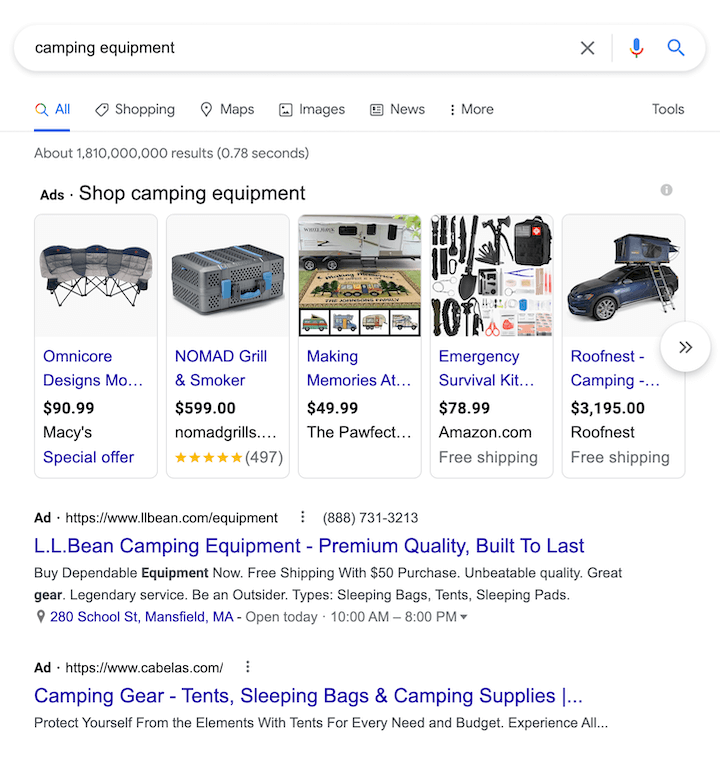
Why Page Speed Matters
Page speed is crucial for both SEO and user experience.
Slow-loading sites hurt rankings, increase bounce rates, and negatively impact users.
On the other hand, fast-loading sites improve engagement rates, conversions, and sales.
How to Optimize Page Speed Performance
Here are some tips to optimize your website's page speed:
- Reduce plugins: Minimize HTTP requests by reducing the number of plugins you use on your website.
- Compress images: Properly compress images to reduce their file size without sacrificing quality.
- Enable browser caching: Allow your website to store data on a user's device, so they don't have to download it again on their next visit.
- Use a content delivery network (CDN): Distribute content across multiple servers worldwide to reduce latency and improve load times.
- Minimize external scripts: Avoid using external scripts that slow down your website's loading time.
Remember, a fast-loading website is essential for a positive user experience and better search engine rankings.
Schema Implementation For Rich Results
Schema Implementation for Rich Results
Adding schema markup to your blog content helps search engines understand and display information about your website.
This improves the user experience while boosting visibility in SERPs by providing additional context, such as:
- Ratings
- Reviews
- Images
- Events
Bloggers can choose from various types of Schema markups based on their niche:
- Article schema is ideal for blogs and news websites
- Review schema works best for product review sites
- LocalBusiness schema suits local business listings
It's crucial to use appropriate schemas with accurate data values so that it appears correctly within rich snippets.
Structured data implementation boosts click-through rates significantly.
Leverage different Schema markups depending on industry type.
Structured data implementation boosts click-through rates significantly.
Using schema markup is an effective way to improve your website's visibility in search engine results pages (SERPs).
By providing additional context to search engines, you can help them understand your content better and display it more prominently to users.
However, it's important to use the appropriate schema markup for your content and ensure that the data values are accurate. This will help ensure that your content appears correctly within rich snippets, which can significantly boost click-through rates.
Traffic Analysis And Reporting
How to Measure the Success of Your SEO Strategy
Analyzing traffic and reporting is crucial to measure the success of your SEO strategy
It helps improve your website's ranking by assessing how well content performs on search engines through engagement metrics and other relevant data.
Identifying Popular Pages and Referral Sources
Identifying popular pages among visitors is vital to monitor website traffic
This information provides insights into what type of content resonates best with audiences.
Analyzing referral sources also identifies where visitors come from so that targeting strategies can be adjusted accordingly.
“Analyzing traffic and reporting is crucial to measure the success of your SEO strategy.”
Five Key Points for Using Traffic Analysis and Reporting
- Use reliable tools like Google Analytics: Numerous free web analytics tools provide in-depth reports about site performance.
- Identify high-driving keywords: Knowing which keywords drive more traffic allows you to optimize them better.
- Monitor bounce rates: High bounce rates indicate poor user experience or irrelevant content, requiring improvements.
- Track conversion rates: Tracking conversions help determine if marketing efforts lead to desired actions taken by users on a page.
- Compare against competitors' websites: Comparing competitor sites gives an idea of industry benchmarks while identifying areas needing improvement.
“Identifying popular pages among visitors is vital to monitor website traffic.”
By following these key points, you can improve your website's ranking and attract more visitors.
Remember to use reliable tools, identify high-driving keywords, monitor bounce rates, track conversion rates, and compare against competitors' websites.
With these insights, you can optimize your website and achieve your SEO goals.
Final Takeaways
As a blogger, I know how important it is to create content that resonates with both people and search engines. It's a delicate balance that requires a lot of effort and attention to detail. That's why I'm excited to share my content optimization list blogging strategy with you. First and foremost, I always start with a clear understanding of my target audience. Who are they? What are their pain points? What do they want to learn or achieve? This helps me create content that is relevant and valuable to them. Next, I conduct thorough keyword research to identify the terms and phrases that my audience is searching for. I use AtOnce, my AI writing tool, to help me with this. AtOnce analyzes search data and suggests relevant keywords that I can use in my content. Once I have my keywords, I make sure to include them in my title, meta description, and throughout my content. But I don't just stuff them in haphazardly. I use them strategically and naturally, so that my content flows and makes sense. Another important aspect of content optimization is formatting. I break up my content into short paragraphs, use subheadings, and include images and videos to make it more engaging and easy to read. This not only helps with SEO, but also keeps my readers interested and coming back for more. Finally, I always make sure to include a call-to-action at the end of my content. Whether it's asking readers to leave a comment, share the post on social media, or sign up for my newsletter, I want to encourage them to take action and engage with my brand. Overall, my content optimization list blogging strategy has helped me create content that is both valuable to my audience and optimized for search engines. And with the help of AtOnce, I'm able to streamline the process and focus on what I do best - creating great content.Are you struggling to write compelling content that engages your audience?
Are you tired of spending hours trying to come up with the perfect headline or product description? Do you wish there was a way to streamline your writing process and effortlessly create high-quality content? If you answered yes to any of these questions, AtOnce is the solution you've been searching for. How AtOnce Can Help You- Generate high-quality content in minutes
- Eliminate writer's block and save time
- Create engaging headlines, ads, and product descriptions
- Enhance your SEO with optimized blog posts and web content
- Increase conversions and boost your bottom line
With AtOnce's advanced AI technology, you can effortlessly create content that engages your audience and drives results.
How AtOnce WorksSimply input your desired topic or keywords, and AtOnce generates multiple high-quality content options for you to choose from.
You can customize the tone, style, and structure to fit your brand voice and audience preferences. With AtOnce, you'll never have to worry about writer's block or spending hours trying to come up with the perfect piece of content again. The AtOnce DifferenceOther writing tools rely on basic templates and outdated algorithms, resulting in generic, uninspired content.
AtOnce, on the other hand, uses advanced AI technology to generate unique, compelling content that resonates with your audience and drives results. Don't settle for subpar content. Upgrade to AtOnce and experience the difference for yourself. Try AtOnce TodayTake your content to the next level with AtOnce's revolutionary AI writing tool.
Sign up today and start creating high-quality content in minutes!What is SEO?
SEO stands for Search Engine Optimization. It is the practice of optimizing your website or content to rank higher in search engine results pages (SERPs) for specific keywords or phrases.
Why is SEO important for bloggers?
SEO is important for bloggers because it helps them to increase their visibility and reach a larger audience. By optimizing their content for search engines, bloggers can attract more organic traffic to their website and improve their chances of ranking higher in search results.
What are some key SEO strategies for bloggers in 2023?
Some key SEO strategies for bloggers in 2023 include creating high-quality, engaging content that is optimized for both users and search engines, using relevant keywords and phrases throughout your content, optimizing your website for mobile devices, and building high-quality backlinks from reputable sources.
